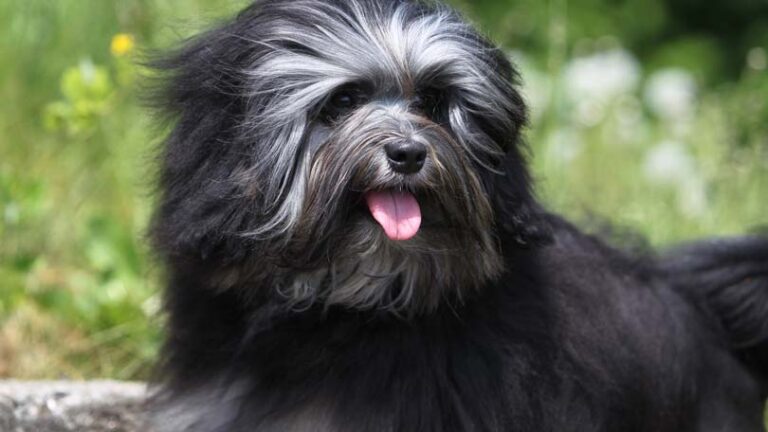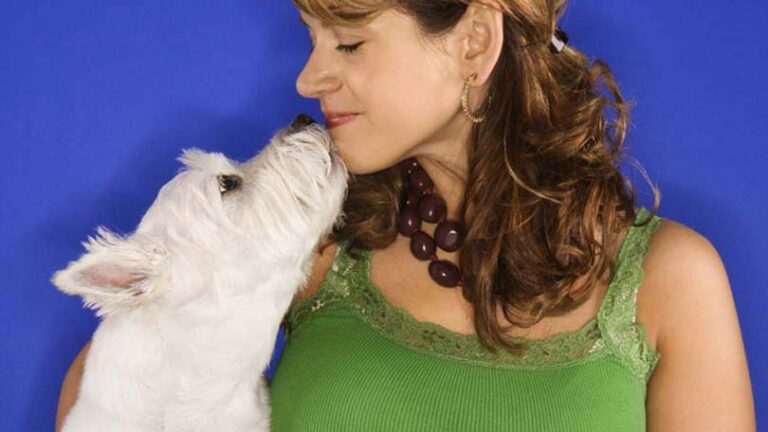Dominant Behavior in Dogs
Since he was a pup, your dog has always challenged your position as the ‘boss’ of the household. Pushing through doors ahead of you, barking at you when you tell him ‘no’, jumping up on you, or worse, pawing at you when he feels you are ignoring him, and only moving from your chair reluctantly when you pretend to sit on him.
Dominant behavior is not necessarily a bad thing. Dominant dogs are normally confident, entertaining, and more challenging to live within any type of consistent harmony. Many working dogs such as police dogs, guide dogs, and assistance dogs must have a dominant streak in them so that they have the confidence to do their job; a guide dog must have the confidence to lead their person.
Dominant behavior should not be confused with aggression either. A dog refuses to give you his toy due to dominance is not going to get you bitten whereas an aggressive dog will fight you for its toy, possibly snarling, growling, and biting. Another example is a police dog. They often work a few hundred feet in front of their handler and an aggressive dog would not be able to be controlled like a dominant dog. The dominance lends the police dog the confidence and authority to act on their own while an aggressive dog is often fearful or reluctant to appropriately engage the bad guy.
What is Dominant Behavior in Dogs?
Dominant behavior in dogs can be seen as early as two weeks old when one pup will push a less dominant pup off their mother’s teat leading researchers to believe that dominance is hereditary.
The opposite of dominant is submissive, a common trait in dogs that have been pushed around their entire lives. Submissive dogs are happy to roll on their backs for a tummy rub, are content to be obedient and well-mannered, and will never challenge your authority. Much like the difference between dominant and aggressive however, submissive does not mean fearful.
A dominant dog is never going to change his ways although learning to control that dominance is the first step to a mutually respectful relationship with your dominant dog. Dominant dogs refuse to accept anyone but themselves as the leader of the pack. The do not understand social equality nor do they want to accept anyone else’s will. In a human, we would say the person has ‘control issues’.
Dominant behavior includes:
- Dogs that jump up on people to greet them
- Attempting to be taller then you or another person
- Jumping on furniture before their people and then refusing to move without an argument
- Slow to obey simple commands such as ‘sit’, ‘down’, ‘come’, ‘off’, or ‘out’
- Guards food or toys and/or refuses to give up the food
- Grabbing treats or food before it is given
- Pushing through doors, down stairs, etc before their person
- Not wanting to move when asked whether
- Stares back at people
- Marks territory including your possessions and furniture if they feel it is theirs
- Enjoys rough play sessions and often barks, growls, or runs into you during play
- Mounting
- Resting his head on your knee, over your shoulder or on your head
- Leaning against you while chewing or playing with toys
- Does not like to have the top of his head or body touched, even for pats or scratches
- Obeying you briefly when you give a command but then quickly resuming previous behavior
- Acting playful when asked to do something instead of obeying your command
Controlling Dominant Behavior in Dogs
Controlling dominant behavior in dogs is not about using physical force to make the dog do what you want it to do. It is about teaching the dog about social equality and where they sit within the family dynamics. Although the dominant dog is not by nature aggressive, they will defend themselves if they feel they are physically in danger so do not assume that being pushy back is always a safe thing to do with your dominant, pushy dog.
Because these dominant traits are something the dog is born with, do not approach controlling the behavior as an overnight fix. Take your time implementing these steps into your routine.
Consistency is an important part of any dog training . If you decide to incorporate one of these traits into your day-to-day routine with your dog then do it consistently and in its entirety.
- The first step in any behavior modification is obedience class and because dominant dogs do not like to take orders, obedience class teaches them that you are the boss
- Food is an important motivator to dogs. Always eat before your dog and let him see you eat, even if it is just a mouthful. Feed him on a schedule (versus free feeding) and make him ‘sit’ and ‘stay’ while you place the dish on the ground. Only allow him eat when you give him the release command.
- If you must take his food dish away from him, add a treat to it so that this is not seen as a sign of aggression.
- When you play games, you always ‘win’. This means at the end of the game, you get to keep all the toys. Tuggies and wrestling is not recommended as these competitive games can awaken the demon in your dominant pup.
- Do not be afraid to gently but firmly move the dog if he is blocking your way or to use your own body to keep him from moving somewhere you do not want him. Called ‘body blocking’, this maneuvering is very much part of doggy language and your dog will understand what you mean immediately. The most common use of this is when your dog jumps up and puts his paws on your chest, keep walking into the jump, taking him off balance.
- Always make him work for what he wants i.e. sit for a treat, sit for a pat, lay down for his leash to be put on to go for a walk etc.
- Move his sleeping quarters off your bed and out of your room if possible.
- Ignoring a dominant dog is marvelous way of keeping him inline. If he wants something and is not asking nicely, ignore his behavior until he figures out he has to ask nicely.
- Only allow him on the furniture if you have told him it is okay. Make him sit and ask nicely, then allow him up.
Dominant behavior is a challenge, but well worth the trouble. Always maintain consistency and always train with positive methods. Never use physical aggression as a training method. With a little work, you will soon have a wonderful companion!

Having discovered a fondness for insects while pursuing her degree in Biology, Randi Jones was quite bugged to know that people usually dismissed these little creatures as “creepy-crawlies”.







